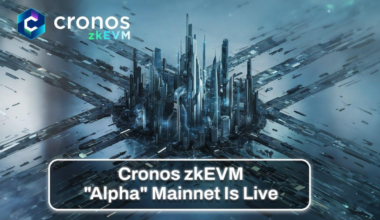In the world of cryptocurrency, patterns and trends come and go quickly. One moment, a particular asset class might be the talk of the town, and the next moment, it’s been overtaken by something new and exciting.
Non-fungible tokens (NFTs) have recently taken the crypto world by storm, disrupting the traditional flow of fiat currency through the industry.
Before the emergence of NFTs, fiat currency flowed largely through Bitcoin and other large-cap cryptocurrencies before trickling down to mid-caps and finally to low-caps, which are often referred to as “shitcoins.” However, over the past two years, NFTs have emerged as a new digital asset class that fits somewhere in this cycle.
NFTs, particularly Profile Picture NFTs (PFPs), are a hybrid of an identity solution, a club, and a fungible token. There are different sizes of NFTs by market cap, with Bored Ape Yacht Club (BAYC) and Azuki being the large caps of the NFT market, Mfer’s, Nakamigo’s, and Milady’s being the mid caps, and the rest making up the small caps. Memecoins, on the other hand, have no utility other than social media posting and having fun.
However, the emergence of memecoins has shown that fun and memes can now be a digital asset. For example, $DOGE, $SHIBA, and $PEPE have reached market caps of millions of dollars in just a few days. The Milady Maker PFP community is rumored to be behind the $PEPE memecoin emergence.
Memecoins have become popular after the stagnation of Nakamigos and BAYC communities, and with large holders leaving these communities, memecoin season kicked off. The Milady Maker’s PFP assets rose as the memecoin meta began to take hold.
These new digital assets are throwing more curveballs into the flow, and it’s yet to be seen where they fit in. When large caps run, they rise fast, sucking all the liquidity from mid-lower caps. When they stop running, the capital flows back to mid-low caps.
This pattern can happen across all classes of assets, including NFTs and fungible tokens, and also across categories such as PFPs, Game-FI, fungible tokens, and utility NFTs, which is causing the Web3 scene to seem very chaotic.
It’s important to note that the observations presented in this text are not intended as financial advice, but rather the insights of an individual who has an interest in recognizing trends and patterns, much like many others in this space.



